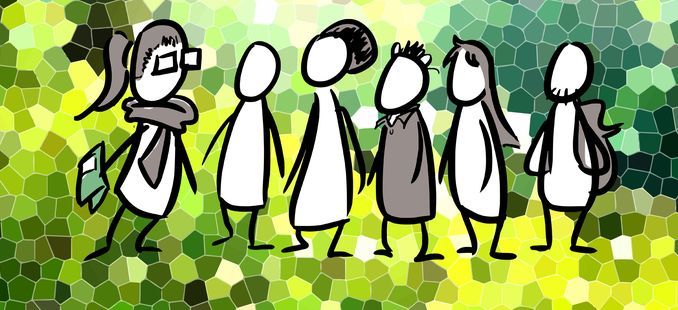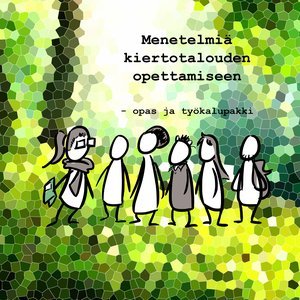
How to teach circular economy?
A fresh guidebook offers practical methods for teaching circular economy at higher education institutions. The method guide has been produced in cooperation by six universities of applied sciences.
Circular economy challenges us to view our ways of life from a new perspective and seek solutions in a multidisciplinary manner. Traditional classroom-based teaching does not necessarily help students combine what they’ve learned with practice.
“Project-based methods are a good approach to teaching circular economy. For example, students can solve companies’ concrete problems, which means working with genuine commissions from companies”, says Inka Mäkiö.
Methods for Circular Economy Teaching – Method Guide and Tool Kit (eds. Inka Mäkiö & Marketta Virta) includes methods for teaching circular economy and tools to support them, such as assessment frameworks, agreement templates and schedule models. Multidisciplinarity, project-orientation and working life orientation are what the methods have in common, and they range from 24-hour innovation events to semester-long projects.
The guide has been produced as a part of the project #circulareconomy – New Pedagogy and Corporate Cooperation to Promote Module Studies in Circular Economy, funded by the Finnish Innovation Fund Sitra. The project is a part of an extensive project entity of Sitra, which develops circular economy education for all educational levels.
Three tested methods
The guide presents three methods for teaching circular economy. The methods can be implemented by anyone working with students, despite the background. The methods have been developed for higher education institutions, but they can also be applied in secondary education. In addition to circular economy competence, the methods also develop important working life skills, such as teamwork and communication skills and problem-solving abilities.
Check out short videos on the methods:
Research Hatchery
Circular Economy Path
24h Innovation Camp
The methods described in the guide have been used by the main project collaborators: Turku University of Applied Sciences, Lahti University of Applied Sciences and Tampere University of Applied Sciences. In addition, the methods have been tested by partner institutions.
Circulating material, knowledge and skills
Circular economy is not only about circulating materials. Skills and knowledge circulate as well. In multidisciplinary projects, students learn to utilize shared expertise: they offer their own competence to the use of others and utilize the competence of others in problem solving. This is a valuable skill in solving complex, global problems, which students encounter in working life.
The importance of education in this process is paramount: the future implementers of the circular model are in our schools and universities now. Circular economy is not bound to a single profession or discipline, because its success requires dialogue between different actors. Education in circular economy should thus be cross-disciplinary and involve different fields of education.
Download the Methods for Circular Economy Teaching – Method Guide and Tool Kit for free. .

The guide is available in both Finnish and English.
In the publication series of TUAS, we publish results of research and development work, practical guides for working life and course materials for universities of applied sciences. Most of our publications can be downloaded online free of charge. All series publications are available in Publication Store Loki.